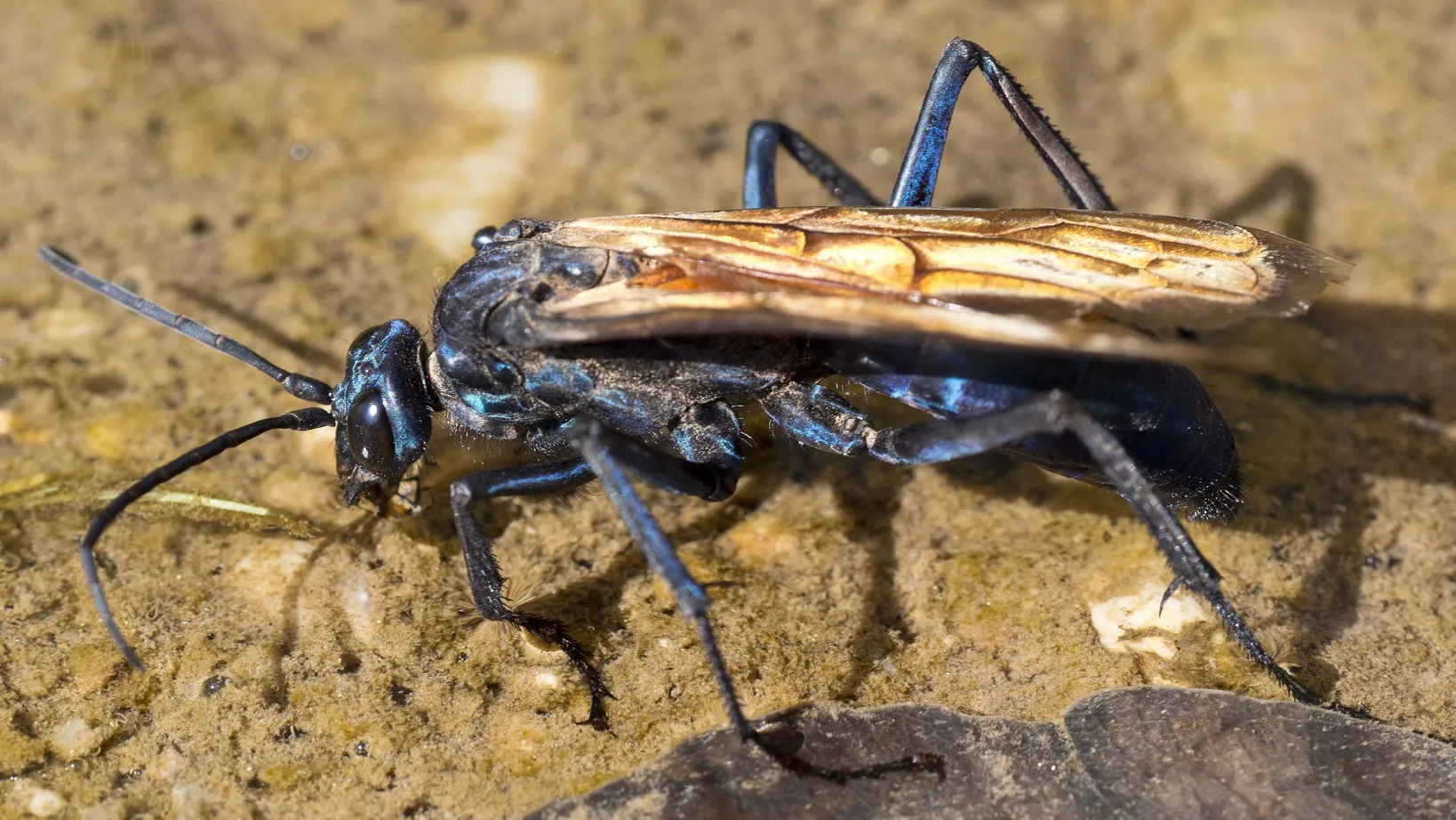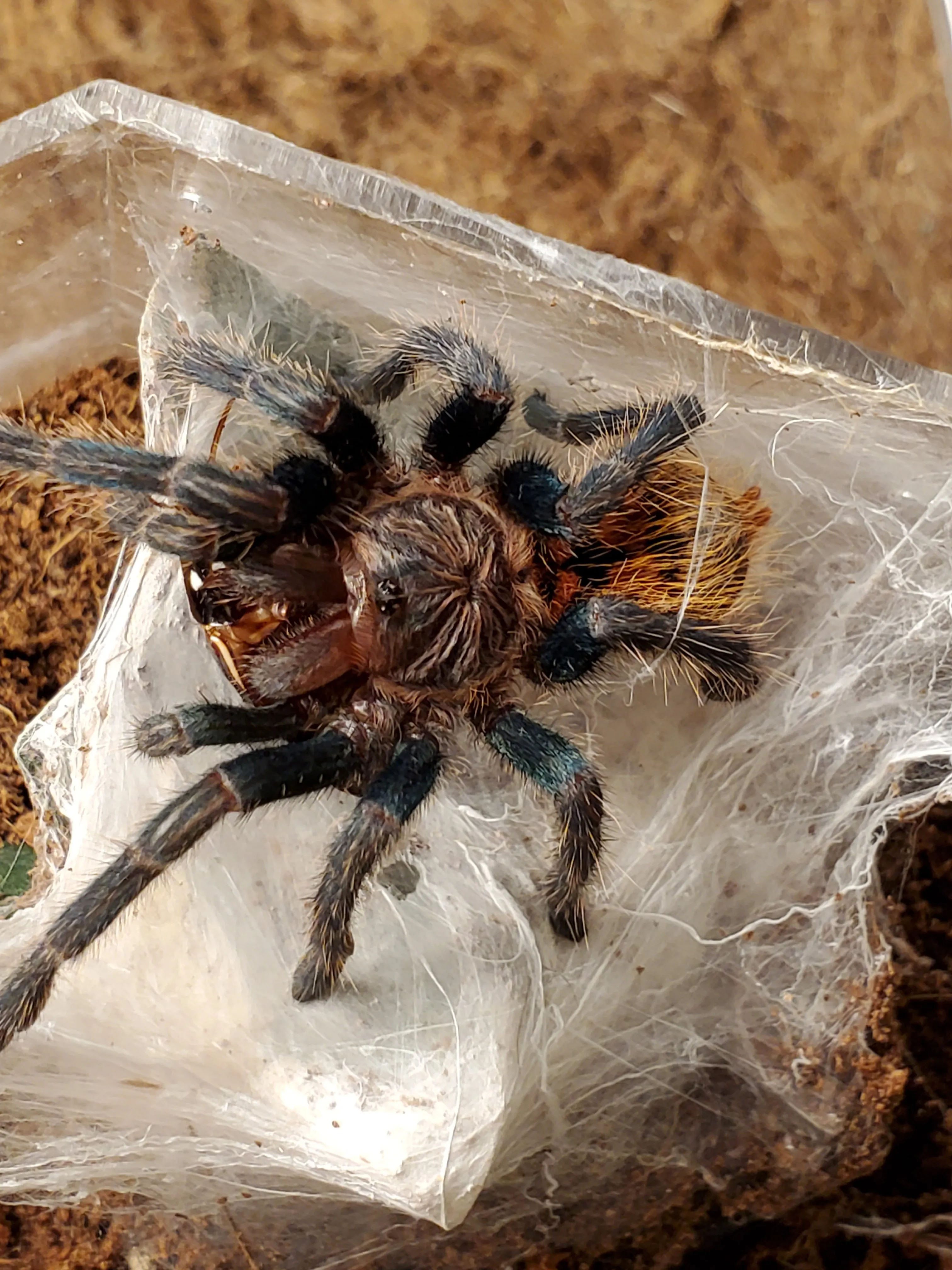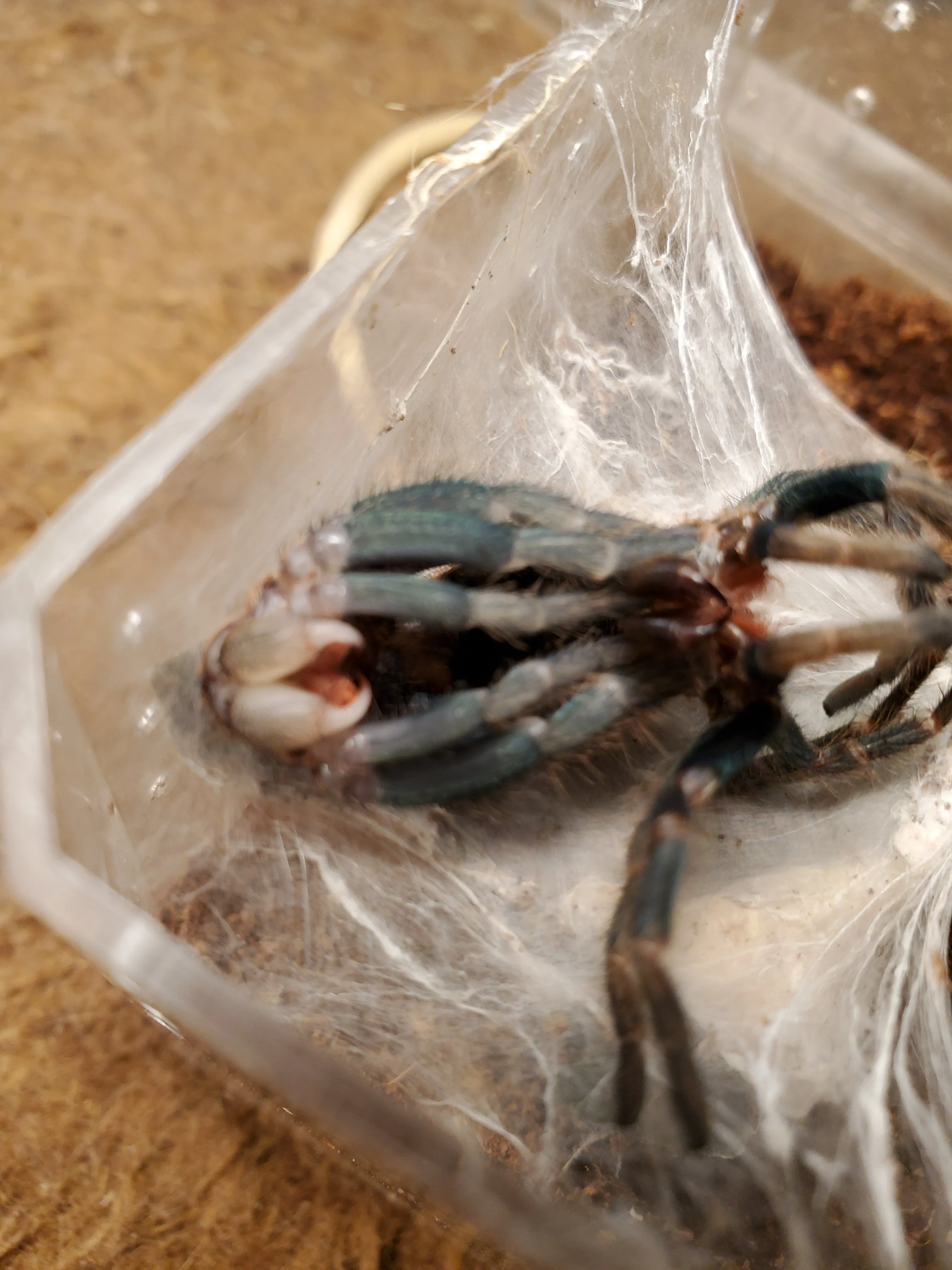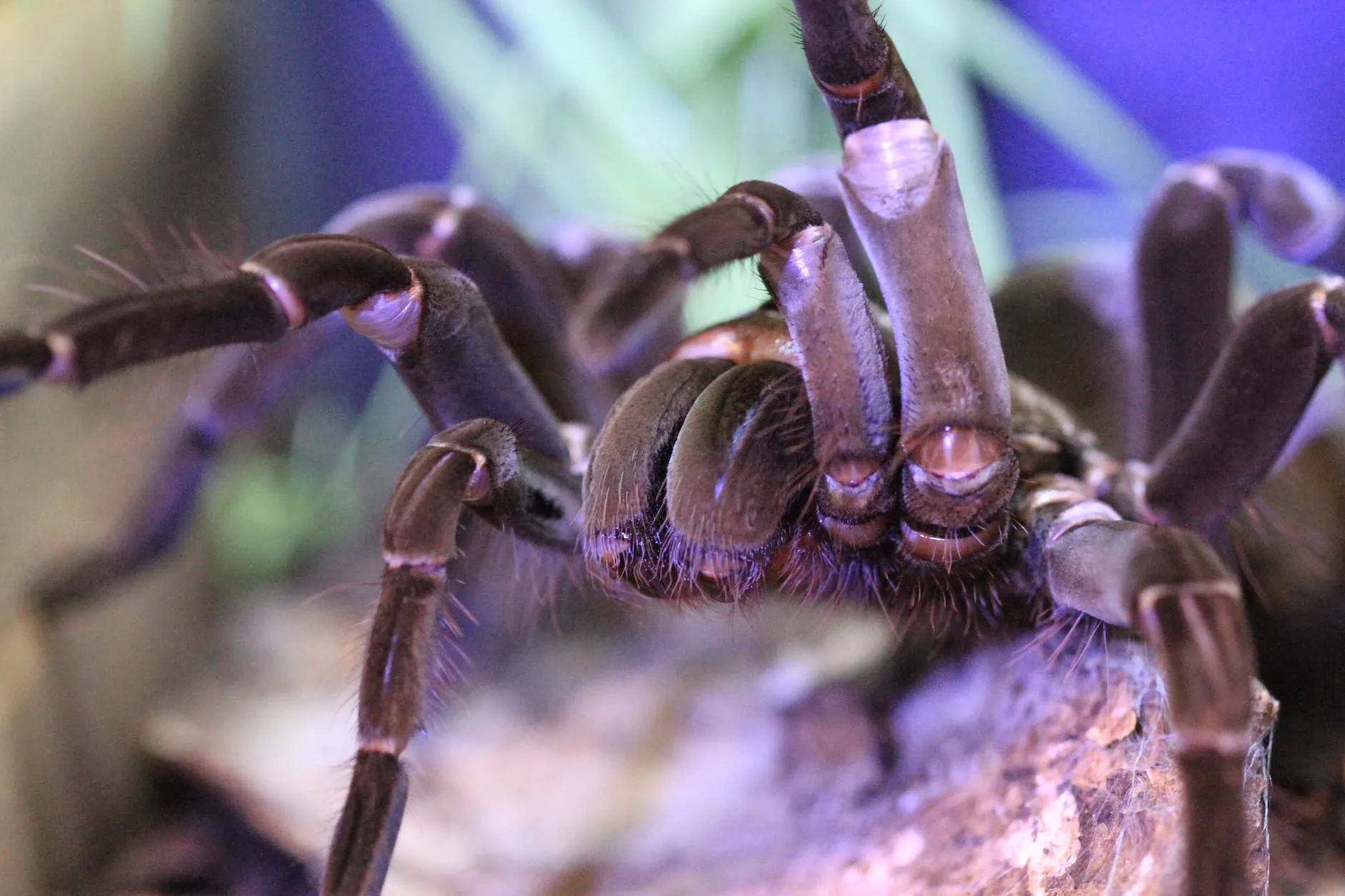Tarantula Care Guide for Beginners
Embarking on the journey of tarantula ownership can be an incredibly rewarding experience. These fascinating creatures, with their intricate behaviors and unique needs, offer a captivating glimpse into the world of invertebrates. However, responsible tarantula ownership necessitates a commitment to their well-being, including understanding their specific requirements for a healthy and fulfilling life. This comprehensive guide is designed to provide beginners with the essential knowledge and practical tips needed to successfully care for a tarantula, ensuring both the spider’s and the owner’s happiness.
Choosing the Right Tarantula
The first step in tarantula care involves selecting the right species. Not all tarantulas are created equal, and some are better suited for beginners than others. Consider factors like temperament, size, and venom potency. Some species are known for their docile nature and manageable size, making them ideal for novice keepers. Researching different species and their specific needs is crucial to ensuring a good match between the owner and the tarantula.
Researching Different Tarantula Species

Delving into the world of tarantula species reveals a vast array of options, each with unique characteristics. Popular beginner-friendly species include the Chilean Rose Hair tarantula (Grammostola rosea), known for its gentle temperament and relatively low maintenance needs. Other good choices include the Curly Hair tarantula (Tliltocatl albopilosus), and the Mexican Red Knee tarantula (Brachypelma hamorii), which are known for their striking colors and are also generally docile. Research their adult size, lifespan, and any specific care requirements.
Considering Your Lifestyle and Experience Level
Your lifestyle plays a significant role in determining which tarantula is right for you. Consider how much time you can dedicate to daily, weekly, and monthly care tasks. Beginners should opt for species that are less demanding in terms of environmental control and feeding schedules. Also, assess your experience level with handling animals and your tolerance for potential escapes or bites, though bites from most species are not life-threatening, they can be painful and unsettling.
Setting Up the Perfect Tarantula Habitat
Creating a suitable habitat is paramount to a tarantula’s well-being. The enclosure should mimic the spider’s natural environment, providing a safe and comfortable space. The setup involves selecting the right enclosure, choosing appropriate substrate, and controlling temperature and humidity levels. Correctly setting up the habitat is one of the most important aspects of tarantula care.
Choosing the Right Enclosure

The enclosure should be appropriately sized for the tarantula’s adult size. A good rule of thumb is to provide a space that is at least three times the tarantula’s leg span in width. Glass or acrylic terrariums with secure lids are ideal. Ensure the enclosure has adequate ventilation to prevent the buildup of mold and stale air. Avoid enclosures with screen tops, as they can pose a risk of the tarantula getting its feet stuck.
Substrate Selection and Setup
The substrate serves as the floor of the enclosure and plays a vital role in maintaining humidity levels and providing a comfortable environment. Suitable substrates include a mixture of coconut fiber, peat moss, or vermiculite. The substrate should be deep enough to allow the tarantula to burrow if it’s a burrowing species. Ensure the substrate is free of pesticides or other harmful chemicals. Regularly check the substrate for mold or mites and replace it as needed.
Providing Adequate Ventilation
Proper ventilation is crucial to prevent the buildup of harmful bacteria and maintain air quality within the enclosure. The enclosure should have ventilation holes or a screen top that allows for airflow. Avoid placing the enclosure in direct sunlight or drafty areas, as these can disrupt the temperature and humidity levels. Monitor the enclosure’s humidity and ventilation regularly to ensure optimal conditions.
Controlling Temperature and Humidity

Tarantulas thrive in specific temperature and humidity ranges. The ideal temperature typically falls between 75-85°F (24-29°C). Use a thermometer to monitor the temperature inside the enclosure. Humidity levels vary depending on the species, but a general range of 60-70% is suitable for most tarantulas. Use a hygrometer to measure humidity. You can increase humidity by misting the enclosure with water and providing a water dish.
Feeding Your Tarantula
Feeding is a key aspect of tarantula care. Providing the right food in the appropriate amounts is crucial for their health and growth. The type of food, feeding frequency, and quantity depend on the tarantula’s species, age, and size.
Choosing the Right Food
Tarantulas are primarily insectivores, meaning they feed on insects. Appropriate food choices include crickets, mealworms, roaches, and other insects readily available at pet stores. The size of the insects should be proportionate to the tarantula’s size; the prey should generally be no larger than the tarantula’s body length. Always ensure the insects are gut-loaded with nutritious food before feeding them to your tarantula. Variety in their diet can also be beneficial.
Feeding Frequency and Quantity

Feeding frequency depends on the tarantula’s age and feeding habits. Spiderlings and juveniles often need to be fed two to three times per week, while adult tarantulas can be fed once or twice a week. Remove any uneaten food within 24 hours to prevent mold and mites. Observe your tarantula’s feeding behavior; if it refuses food, it may be about to molt or it’s not hungry.
Watering Your Tarantula
Providing fresh water is essential. A shallow water dish should always be available. The water dish should be small enough that the tarantula cannot drown. Replace the water regularly, at least once or twice a week, to ensure it remains clean and free of debris. In addition to the water dish, misting the enclosure can also help maintain humidity levels.
Handling Your Tarantula Safely
While some tarantula species are relatively docile, handling should be approached with caution. Even a gentle tarantula can bite if it feels threatened or startled. Understanding tarantula behavior is key to safe handling practices.
Understanding Tarantula Behavior

Observe your tarantula’s behavior to understand its mood. Tarantulas exhibit various defensive behaviors, such as raising their front legs, flicking hairs (urticating hairs), or lunging. If your tarantula displays these behaviors, it’s best to leave it alone. Learn to recognize signs of stress or agitation. A relaxed tarantula is more likely to be handled safely.
Proper Handling Techniques
If you choose to handle your tarantula, do so with extreme care. Approach the tarantula slowly and gently. Allow it to walk onto your hand rather than trying to grab it. Support the tarantula’s body with both hands to prevent falls. Handle the tarantula over a soft surface, such as a bed or the floor, in case it falls. Be mindful of sudden movements or loud noises that could startle the spider.
Avoiding Potential Hazards
Never handle a tarantula if you are unsure of its temperament or if it shows signs of aggression. Avoid handling after feeding or during molting. Always wash your hands thoroughly before and after handling. Be aware that some tarantulas can flick urticating hairs, which can cause skin irritation. Keep your face away from the tarantula to avoid getting hairs in your eyes or inhaling them.
Maintaining a Healthy Tarantula

Maintaining a healthy tarantula involves regular observation, recognizing potential health issues, and providing appropriate care. A healthy tarantula should be active, have a good appetite, and exhibit normal behaviors.
Recognizing Common Health Issues
Tarantulas can suffer from various health problems, including parasitic infections, injuries, and molting issues. Signs of illness include loss of appetite, lethargy, unusual posture, and discoloration. Look out for mites on your tarantula or in its enclosure. A bloated abdomen can be a sign of a parasite. Difficulty molting can also be a serious issue, which can be caused by low humidity or other environmental issues.
Providing Proper Veterinary Care
If you suspect your tarantula is sick, consult a veterinarian experienced in exotic animals. Many general veterinarians do not have experience with tarantulas, so it’s essential to find a specialist. Be prepared to provide information about the tarantula’s habitat, diet, and any observed symptoms. Early diagnosis and treatment can often improve the tarantula’s chances of recovery.
Cleaning and Maintaining the Enclosure
Regular cleaning of the enclosure is essential to maintaining a healthy environment. Remove any uneaten food, dead insects, and waste promptly. Spot-clean the substrate regularly, and replace it entirely every few months, depending on the species and the size of the enclosure. Clean the water dish and decorations regularly. A clean environment helps prevent disease and parasites and keeps your tarantula happy and thriving.
